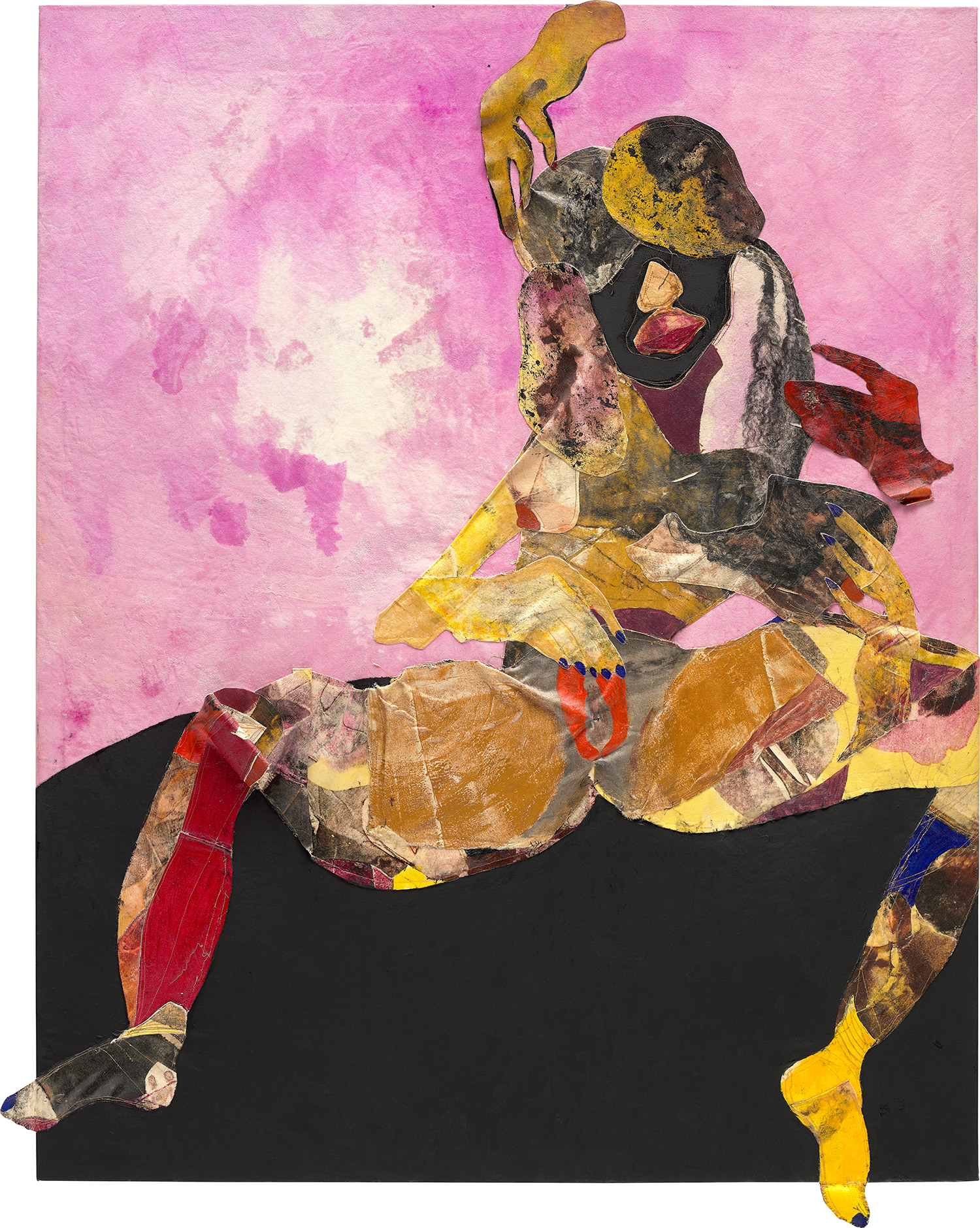

Property from a Distinguished Private German Collection
20
Tschabalala Self
Daydream
- Estimate
- £100,000 - 150,000‡
£176,400
Lot Details
oil, acrylic, gouache, Flashe, fabric and canvas collage on canvas
signed and dated ‘Tschabalala Self 2015’ on the overlap
159 x 126.7 cm (62 5/8 x 49 7/8 in.)
Executed in 2015.
Specialist
Further Details
Full-Cataloguing
Provenance
Exhibited
Tschabalala Self
American | 1990Harlem-born artist Tschabalala Self combines sewing, printing and painting in a singular style that speaks to her experience of contemporary black womanhood. Despite her extensive use of craft methods, Self considers herself to be a painter above all else. Her work is known for exaggerated colors and forms, allowing the personages within to “escape” from society’s narrow perceptions.Explaining her practice, the artist stated: “I hope to correct misconceptions propagated within and projected upon the Black body. Multiplicity and possibility are essential to my practice and general philosophy. My subjects are fully aware of their conspicuousness and are unmoved by the viewer. Their role is not to show, explain, or perform but rather ‘to be.’ In being, their presence is acknowledged and their significance felt. My project is committed to this exchange, for my own edification and for the edification of those who resemble me.”
Browse Artist